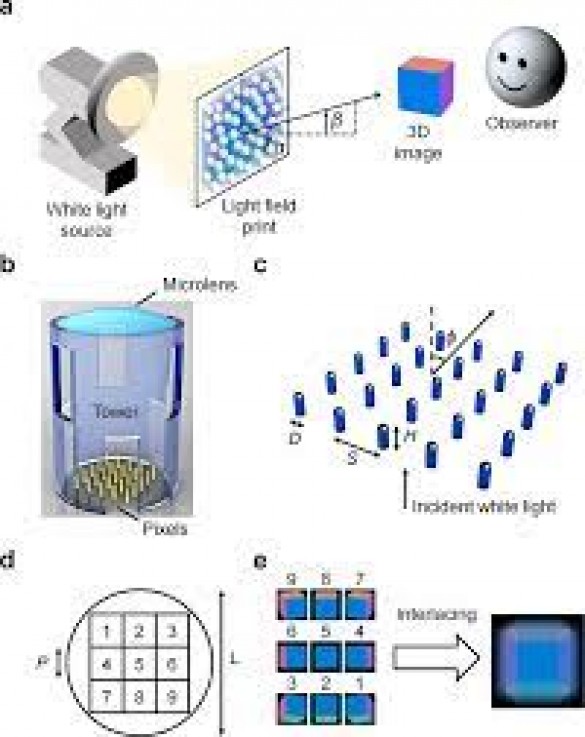
Have you ever wondered if the world of "Honey, I Shrunk the Kids" could become reality? In the realm of 3D printing, we're getting closer to that fantasy, thanks to nanoscale 3D printing. This technology has taken us into the future where we're able to create objects so small that they're almost invisible to the naked eye. So, let's dive into this tiny yet intriguing world!
Evolution of 3D Printing
From Macro to Micro: The Journey
The journey of 3D printing began with creating macro objects, like car parts and architectural models. However, as the technology evolved, we witnessed a shift from macro to micro. Like going from a large telescope to a microscopic lens, we now have the ability to create intricate structures at a tiny scale.
Noteworthy Milestones
The development of stereolithography in the 1980s was a major milestone, allowing the creation of complex 3D shapes from a vat of liquid photopolymer. Fast forward to the 21st century, and we see the rise of nanoscale 3D printing, leveraging the properties of nanoparticles to create structures on a minuscule scale.
Understanding Nanoscale 3D Printing
Process and Technology
Nanoscale 3D printing is a process that constructs three-dimensional objects at the nanometer scale. Imagine creating an object so small that it's 80,000 times thinner than a human hair! This technology makes it possible.
Role of Nanoparticles
Nanoparticles, the building blocks in this process, play a crucial role. They allow high resolution and precise structuring, giving rise to complex geometries with detailed features at a microscopic level.
Key Techniques in Nanoscale 3D Printing
Two-Photon Polymerization (2PP)
2PP is a technique that utilizes two photons to initiate a polymerization process. This process hardens a photosensitive material at the nanoscale level, allowing precise 3D structuring.
Nano Dip-Pen Nanolithography (NDPN)
NDPN is another technique where an atomic force microscope is used as a 'pen' to 'write' nanoparticle inks onto a substrate, creating patterns at the nanoscale.
Advantages of Nanoscale 3D Printing
Nanoscale 3D printing allows unparalleled precision and complexity in creating microscopic structures. It opens up opportunities in various fields, such as medicine, electronics, and material science.
Challenges in Nanoscale 3D Printing
Despite the possibilities, challenges like high cost, scalability, and controlling the behavior of nanoparticles persist. However, the future holds promising solutions for these obstacles.
Applications of Nanoscale 3D Printing
Biomedicine and Healthcare
Imagine a microscopic device traveling in your bloodstream, delivering drugs precisely where needed. Nanoscale 3D printing makes this possible, paving the way for targeted drug delivery and tissue engineering.
Electronics
From miniaturized sensors to high-density data storage, nanoscale 3D printing offers new possibilities in the world of electronics, taking us a step closer to nanotechnology-enabled devices.
Material Science
Nanoscale 3D printing has given birth to metamaterials with unusual properties, opening up a new universe in material science, from invisibility cloaks to superlenses.
Future Prospects of Nanoscale 3D Printing
The possibilities are endless, with nanoscale 3D printing poised to revolutionize industries. Though in its infancy, this technology's future holds exciting prospects for the micro world. Nanoscale 3D printing is a futuristic technology that is shrinking the boundaries of what we thought was possible. While challenges remain, its potential impact on various fields is hard to ignore. Welcome to the future, where we print the microscopic!
Android and iOS to be the most Fundamental Software’s of all time
From Thin Air to Freshwater: The Revolution of Air-to-Water Technology